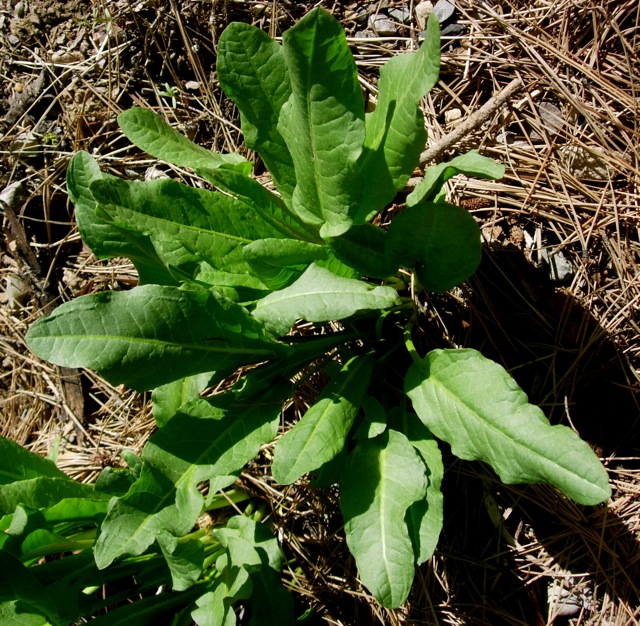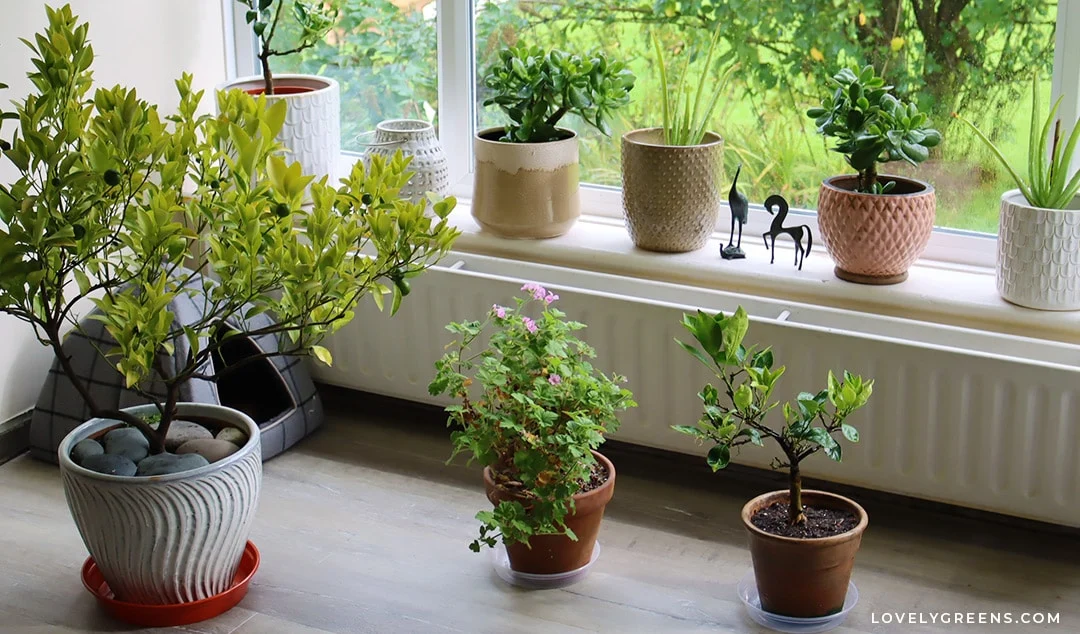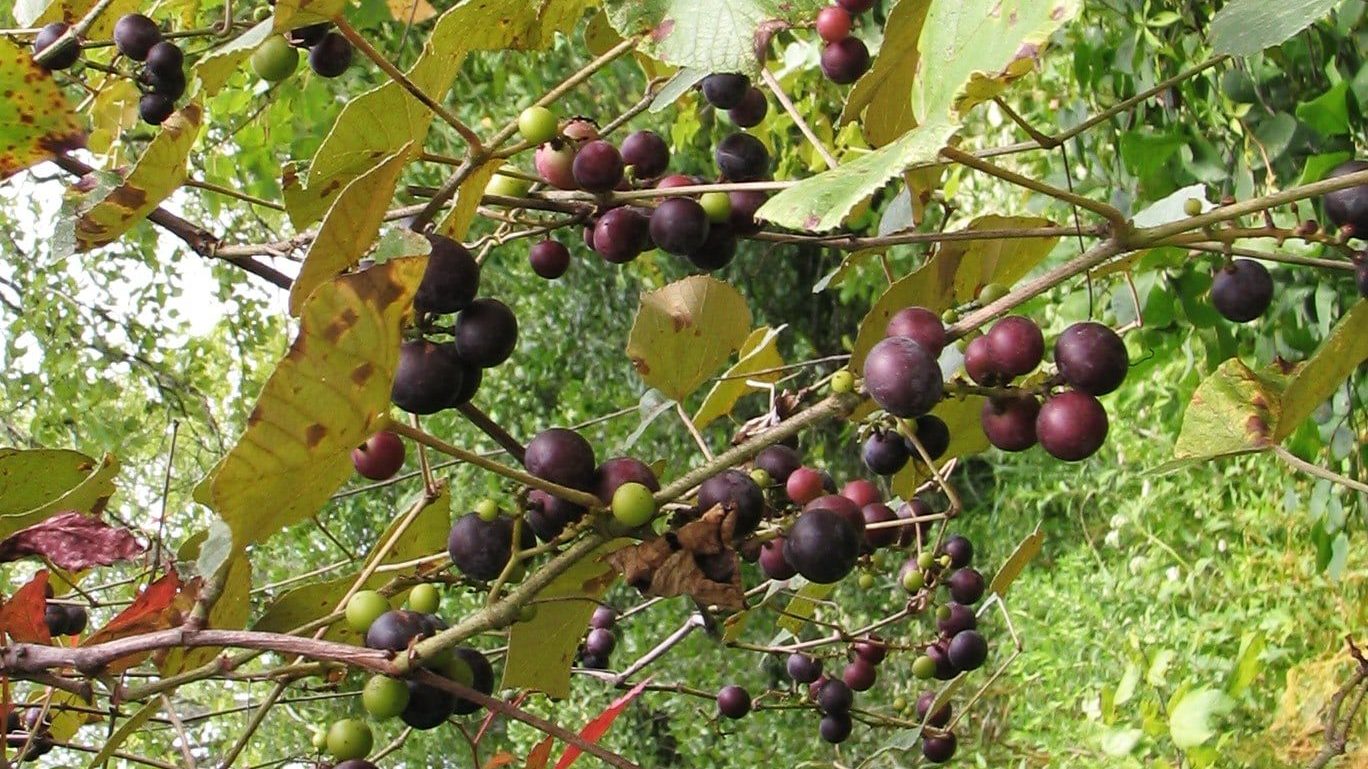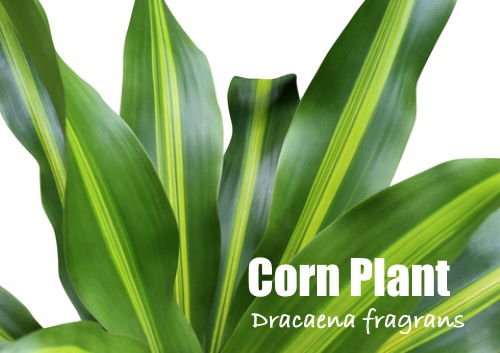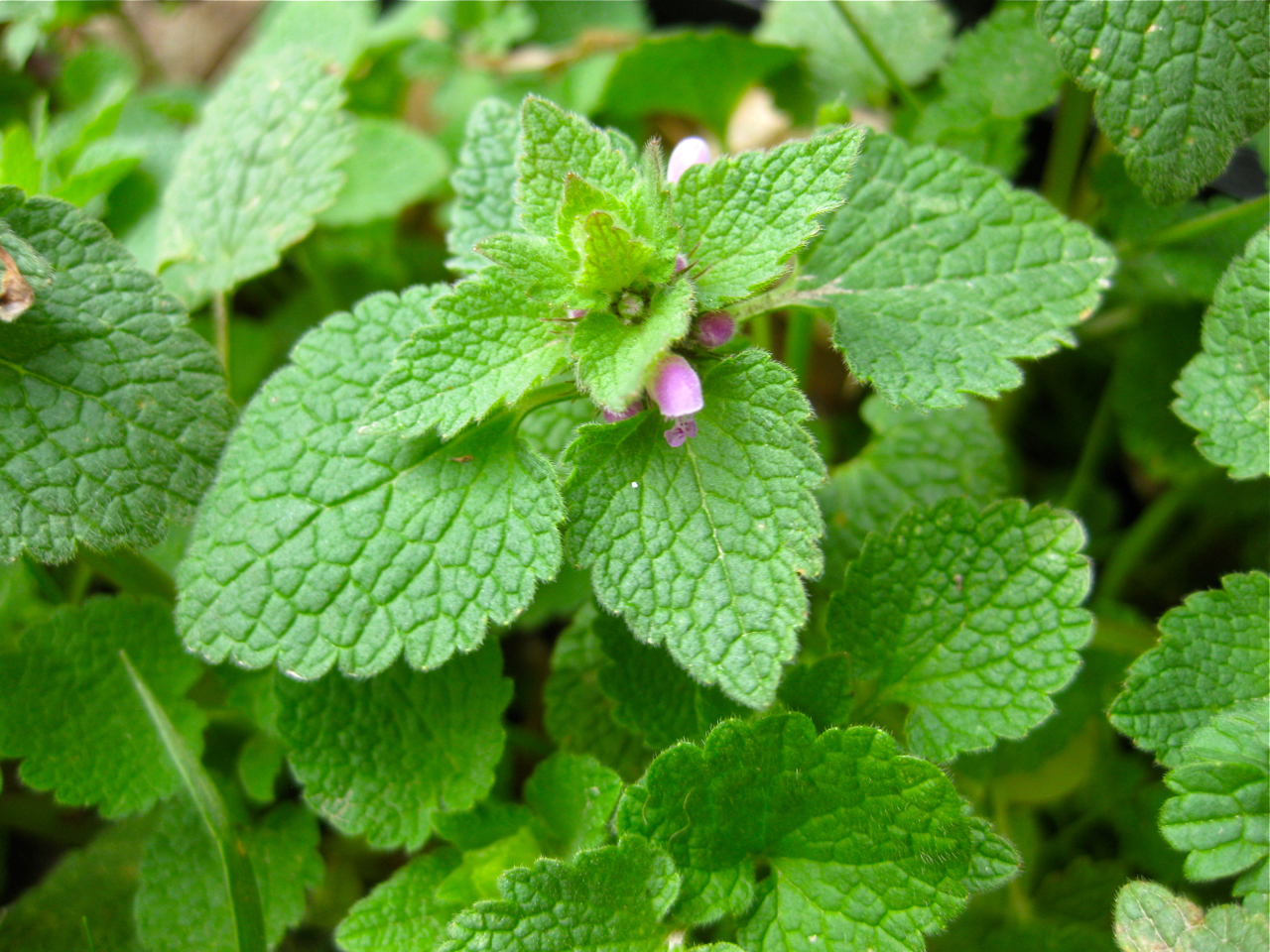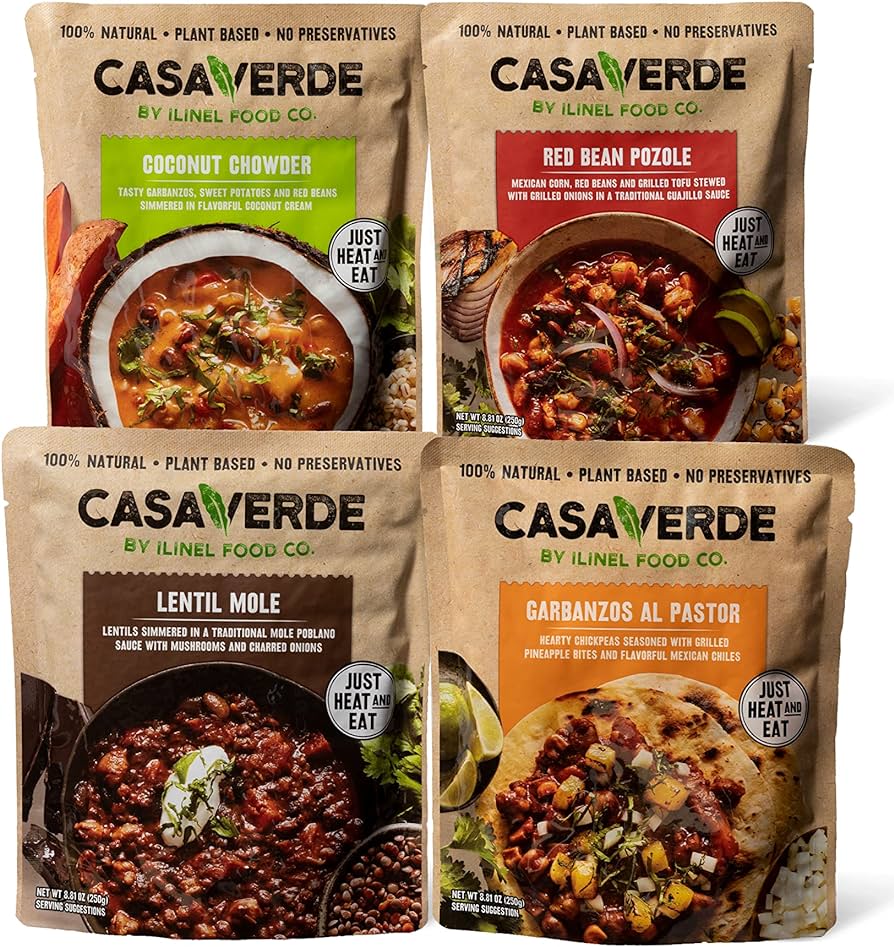The edible part of the ginger plant is the rhizome, specifically Zingiber officinale, a tender herbaceous perennial. Zingiber officinale, commonly known as edible ginger, is the fat, knobby, aromatic rhizome of a plant native to Southeast Asia.
It is a versatile ingredient with both culinary and medicinal uses. With its distinct flavor and numerous health benefits, edible ginger has become a staple in kitchens worldwide. Growing your own edible ginger can be a rewarding experience, providing you with a fresh supply of this flavorful spice right at your fingertips.
In this guide, we will explore how to cultivate and care for edible ginger plants, ensuring a bountiful harvest of this beloved root.
Health Benefits
Anti-inflammatory Properties
Ginger plant edible has potent anti-inflammatory properties that can help reduce inflammation in the body.
Digestive Aid
Edible ginger plants are known for their ability to aid digestion and alleviate digestive issues like bloating and indigestion.
Immune System Booster
Consuming edible ginger root plants regularly can boost the immune system and help the body fight off infections.
Cultivation
Growing edible ginger plants is a rewarding endeavor that can be easily accomplished with the right knowledge and care. The cultivation of edible ginger involves understanding the optimal growing conditions, proper harvesting, and storage techniques. Let’s dive into the details of cultivating this versatile and flavorful plant.
Growing Conditions
Edible ginger plants thrive in warm and humid environments, making them suitable for tropical and subtropical regions. When cultivating ginger, it’s essential to provide well-draining, rich, and loamy soil. Ensure that the planting location receives partial to full shade, as direct sunlight can scorch the delicate foliage.
Maintain a consistent watering schedule, keeping the soil moist but not waterlogged. Applying a balanced fertilizer rich in nitrogen, phosphorus, and potassium during the growing season can promote healthy growth.
Additionally, consider starting the ginger plant indoors or in a greenhouse in cooler climates, and transplant it outdoors once the weather warms up.
Harvesting And Storage
When the ginger plant reaches maturity, usually around 8-10 months after planting, it’s time to harvest the rhizomes. Gently dig around the base of the plant to unearth the rhizomes, being careful not to damage them.
After harvesting, carefully wash the rhizomes to remove any soil and debris. Allow them to air dry before storing in a cool, dry place. For longer storage, consider freezing or drying the ginger to preserve its flavor and medicinal properties.
Varieties
Common Types Of Edible Ginger Plants
When it comes to edible ginger plants, the most common type is Zingiber officinale, also known as true ginger. This variety is widely cultivated for its edible rhizomes, which are used in cooking and traditional medicine. It has a pungent flavor and is the type most commonly found in grocery stores.
Specialty Varieties
Aside from the common Zingiber officinale, there are also specialty varieties of edible ginger plants that offer unique flavors and characteristics. Some of the specialty varieties include:
- Galangal Ginger: This variety, also known as Thai ginger, has a citrusy and pine-like flavor, making it a popular choice in Thai and Indonesian cuisines.
- Turmeric Ginger: Known for its vibrant orange color, turmeric ginger is not only prized for its culinary uses but also for its medicinal properties due to its high curcumin content.
- Yellow Ginger: With a milder taste compared to Zingiber officinale, yellow ginger is often used in pickling and as a garnish in various dishes.
These specialty varieties of edible ginger plants provide a diverse range of flavors and applications, adding depth to the culinary world and offering unique health benefits.

Credit: www.anaturalfarm.com
Cooking With Ginger
Cooking with ginger can add a burst of flavor and depth to your dishes, making it a versatile and essential ingredient in many cuisines. The edible ginger plant, with its unique spicy and aromatic flavor, is a favorite in both sweet and savory recipes. Whether you are a seasoned chef or a beginner cook, experimenting with ginger in your cooking can elevate your dishes to a whole new level.
Recipes Incorporating Ginger
Here are some delicious recipes that showcase the versatility of edible ginger plants:
- Ginger Chicken Stir-fry: A quick and flavorful dish that combines tender chicken, crunchy vegetables, and zesty ginger.
- Spicy Ginger Noodles: A satisfying and aromatic noodle dish infused with the warmth of fresh ginger.
- Ginger-Infused Carrot Soup: A comforting and velvety soup with a hint of ginger that complements the sweetness of carrots.
Tips For Using Fresh Ginger In Cooking
When using fresh ginger in your cooking, consider these tips to maximize its flavor:
- Peeling: Use a spoon to scrape off the ginger’s thin skin, or peel it with a vegetable peeler for easier preparation.
- Grating: Grate the ginger using a fine grater or microplane for a smooth texture that blends seamlessly into your dishes.
- Storing: Keep fresh ginger in the refrigerator, either wrapped in a paper towel and placed in a resealable bag or stored in a jar of vodka for extended freshness.
Medicinal Uses
The edible ginger plant has been used for its medicinal properties for centuries. It offers a wide range of health benefits and has been a staple in traditional medicine practices as well as modern medicinal applications.
Traditional Medicine Applications
In traditional medicine, the edible ginger root plant has been utilized for its anti-inflammatory, digestive, and anti-nausea properties. It is commonly used to alleviate gastrointestinal discomfort, including indigestion, bloating, and nausea. Additionally, it has been used to reduce inflammation and pain associated with arthritis and muscle soreness.
Modern Medicinal Uses
In modern medicine, the edible ginger plant is recognized for its potent antioxidant and anti-inflammatory effects. It is often used to support digestive health, alleviate nausea, and reduce muscle soreness. Furthermore, ginger has been studied for its potential to lower blood sugar levels and cholesterol, making it a valuable component in managing diabetes and heart health.
Global Impact
Edible ginger plants have a significant global impact, influencing various aspects of society and economy worldwide.
Cultural Significance
The cultural significance of edible ginger plants spans across different countries and traditions, where it is used in culinary practices and traditional medicine.
Economic Importance
The economic importance of edible ginger plants lies in their widespread cultivation for commercial purposes, contributing to local economies and international trade.
Future Prospects
Discover the promising future prospects of the Edible Ginger Plant, known for its versatile culinary uses and health benefits. With increasing interest in sustainable living and organic produce, growing your own ginger plant can be a rewarding and eco-friendly endeavor.
Research And Innovation
Edible ginger plants have garnered significant attention in recent years due to their numerous health benefits and culinary uses. As a result, researchers are continually exploring new ways to improve the growth and yield of ginger plants. For instance, studies are ongoing to determine the best fertilization techniques, irrigation methods, and pest control measures that can be used to enhance ginger plant growth and quality. Additionally, research is being conducted to identify new ginger varieties that are more resistant to pests and diseases and can thrive in different climates.
Sustainable Practices In Ginger Farming
Sustainability is a critical aspect of ginger farming, and farmers are continually seeking ways to grow ginger in an environmentally friendly way. Some sustainable practices that are being used in ginger farming include crop rotation, intercropping, and the use of organic fertilizers and pesticides. These practices help to minimize soil degradation, reduce the use of harmful chemicals, and improve soil fertility, leading to healthier and more productive ginger plants.
Conclusion
The future of edible ginger root plants looks promising, with ongoing research and innovation leading to the development of new and improved varieties. Sustainable farming practices also ensure that ginger farming remains environmentally friendly and economically viable for farmers. As more people become aware of the numerous health benefits of ginger, the demand for this spice is expected to grow, leading to increased production and better economic prospects for farmers.
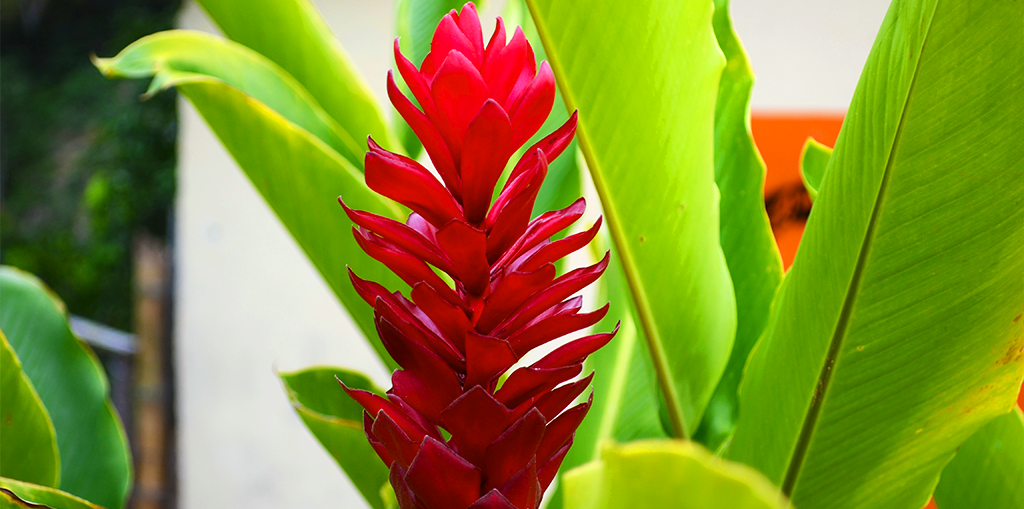
Credit: livingcolorgardencenter.net
Frequently Asked Questions
What Is The Best Ginger To Grow For Eating?
The best ginger for eating is Zingiber officinale, which produces the traditional edible rhizomes. Other species and hybrids are not suitable for consumption.
What Kind Of Ginger Is Not Edible?
The kind of ginger that is not edible is Hidden Ginger, also known as Hedychium spp and hybrids.
Can You Eat Ginger Straight From The Garden?
Yes, you can eat ginger straight from the garden. Simply peel and slice off a thin piece to chew on for health benefits.
What Is The Edible Part Of The Ginger Plant?
The edible part of the ginger plant is the modified stem rhizome. It stores food material and is the traditional edible ginger.
Can You Eat Ginger Straight From The Garden?
Yes, you can eat fresh ginger straight from the garden for its health benefits.
Conclusion
Growing edible ginger is a rewarding experience that offers a plethora of culinary and health benefits. From planting tips to harvesting techniques, this versatile plant can thrive in various environments. With its aromatic rhizomes and easy cultivation, it’s no wonder why edible ginger is a favorite among home gardeners.


